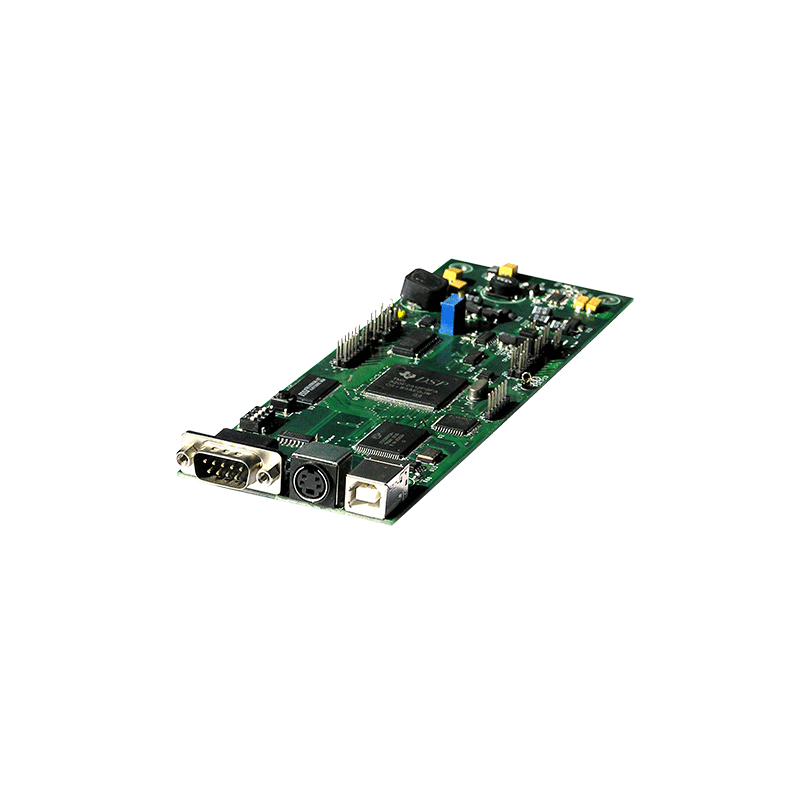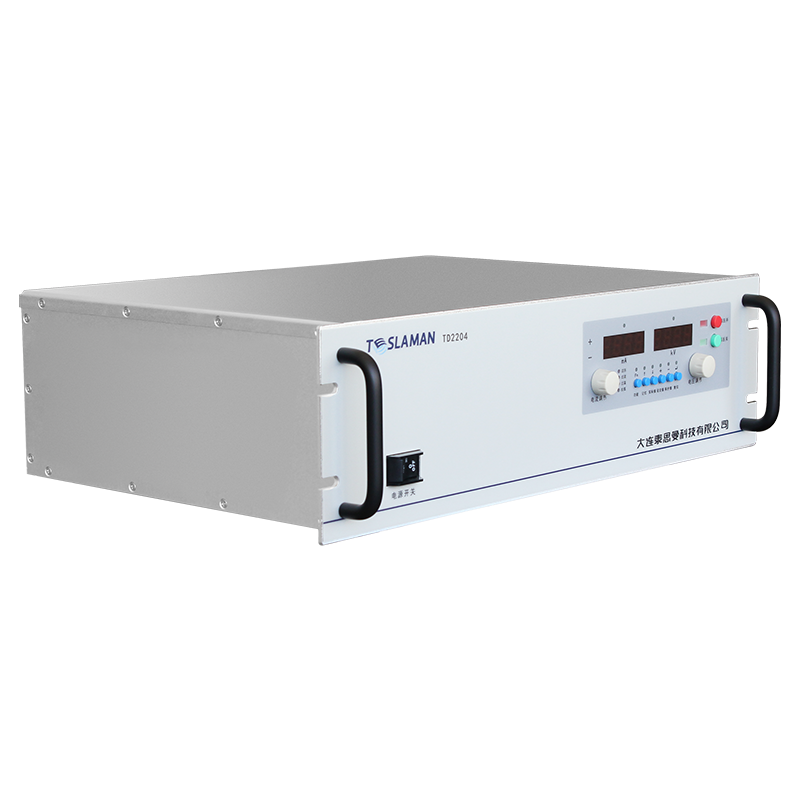Study on Microbial Resuscitation in Irradiation Sterilization High Voltage Power Supply Systems
The output characteristics of high-voltage power supplies critically influence microbial inactivation efficacy and potential resuscitation risks in irradiation sterilization. This paper systematically investigates the mechanisms of post-irradiation microbial resuscitation and corresponding power control strategies.
1. Biological Basis of Microbial Resuscitation
High-energy particles (0.5-10MeV) damage microbial DNA through direct ionization and free radical interactions. However, sublethal doses (<15kGy) can activate SOS repair systems:
1. RecA-mediated homologous recombination: Repairs single-strand breaks within 40 minutes
2. Mismatch repair enzyme activation: Corrects point mutations at 10³ bases/hour
Experimental data show 0.17% resuscitation rate for Bacillus subtilis after 12kGy irradiation with 72-hour nutrient incubation.
2. Critical Power Supply Parameters
1. Dose Uniformity Control
Multistage Marx generators and dynamic focusing systems reduce electron beam energy dispersion to ±2%, achieving dose non-uniformity ≤1.3 in 30cm³ chambers (ASTM 51631), shrinking sublethal zones to <0.05%.
2. Transient Response Optimization
FPGA-based digital control corrects dose deviations to ±0.3kGy within 0.1ms during load fluctuations. Combined with active disturbance rejection algorithms, this reduces resuscitation rates for Deinococcus radiodurans by 82%.
3. Pulse Waveform Modulation
Alternating steep pulses (<50ns rise time) enhance DNA-protein crosslinking by 3x, delaying E. coli O157:H7 resuscitation from 48 to 120 hours.
3. Resuscitation Suppression Strategies
1. Composite Waveform Design
Continuous wave and millisecond square wave superposition depletes microbial ATP reserves, reducing Aspergillus niger spore resuscitation from 0.8% to 0.02%.
2. Online Biological Monitoring
Embedded Geiger-Müller tubes monitor β-ray flux, while spore chips (10⁶ CFU/cm²) provide feedback for 1.3x dose redundancy adjustment.
3. Post-treatment Inhibition
Mild heating (80°C/5min) post-irradiation disrupts photoreactivation enzymes, reducing resuscitation rates by another order of magnitude (ISO 11137 validated).
4. Engineering Validation
Optimized power systems reduced dose SD from ±1.8kGy to ±0.4kGy in food packaging lines, achieving undetectable Salmonella resuscitation (<10⁻⁵) via ATP bioluminescence. No Pseudomonas aeruginosa reactivation occurred in medical catheters after 90-day storage.
5. Future Directions
1. Quantum dot tracking: Real-time monitoring of microbial repair
2. Adaptive pulse sequencing: Automatic waveform matching based on load impedance
3. Non-thermal plasma synergy: Neutralizing antioxidant defenses
Through power architecture innovation and microbial mechanism analysis, irradiation-induced resuscitation risks are expected to be controlled below 10⁻⁷, ensuring higher reliability for sterile medical devices and cold-chain foods.




















